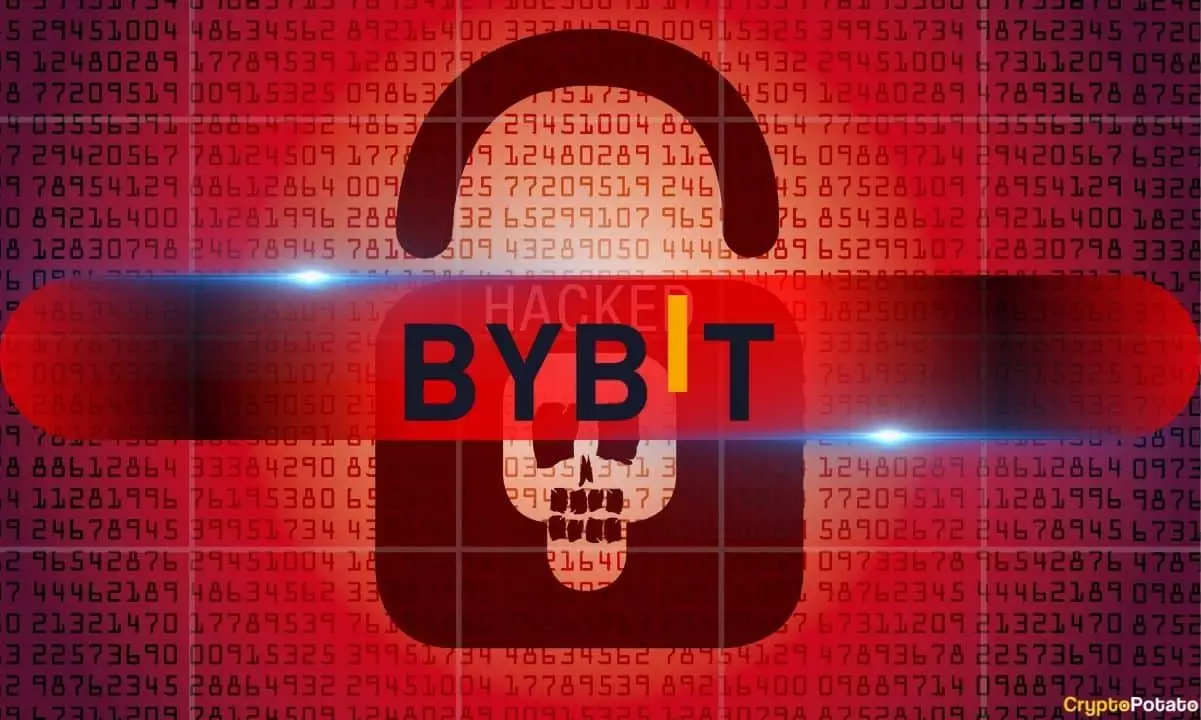Just under two months ago, the cryptocurrency landscape was rocked by an audacious cyberattack on the Bybit exchange, which resulted in the loss of approximately $1.5 billion in Ethereum (ETH). This incident stands as one of the most significant breaches in crypto history, exposing vulnerabilities in one of the industry’s leading trading platforms. While it’s easy to assess the damage incurred during such an attack, the broader implications and the subsequent recovery efforts reveal a more complex narrative. A recent report from the institutional-grade research firm BlockScholes highlights the cascading effects of this crisis, demonstrating how it shook investor confidence and altered market behaviors.
During the aftermath, it became evident that the fallout extended far beyond the walls of Bybit. The hack prompted a sell-off that echoed across various assets in the cryptocurrency market, exacerbated by prevailing macroeconomic uncertainties, including rising tariff tensions and the introduction of advanced artificial intelligence trading models. The incident, while devastating for Bybit, was merely a catalyst that reflected deeper vulnerabilities within the crypto ecosystem—a sector still in its infancy and wrestling with maturity.
The Illusion of Stability in the Wake of Chaos
In the immediate aftermath of the breach, crypto traders witnessed a volatile spike in transaction volumes, particularly for Tether (USDT) pairs. This momentary flurry, however, was quickly followed by a notable downturn in both Bitcoin (BTC) and alternative cryptocurrency trading volumes. Perhaps most alarmingly, Bybit’s market share in spot trading dwindled from a robust 11% to a mere 4%, while Bitcoin’s trading volume plummeted from a dominant 50% to under 20%. Such dramatic shifts underscored the fragility of investor trust in an industry still grappling with the shadows of previous crises.
Despite this tumult, one striking metric appeared unscathed—the bid-ask spreads. For many, this was a sign of resilience; tight spreads often imply robust liquidity and reduced risks for traders. It’s puzzling yet compelling how, even in periods of market disarray, liquidity remained relatively intact for key cryptocurrencies such as Bitcoin and Ethereum. Within just a week post-hack, both assets rebounded significantly, a fact that suggests investors are cautiously optimistic or perhaps simply unwilling to abandon their positions for fear of missing out on future profits.
The Strategic Resurgence of Bybit
Central to Bybit’s recovery effort was the introduction of Retail Price Improvement (RPI) orders just days before the attack. This new feature, designed to enhance liquidity specifically for retail traders, played a pivotal role in stabilizing the exchange’s operations. By selectively allowing retail participation in these orders while maintaining a grip on market depths, Bybit managed to create a more favorable trading environment for everyday investors.
The timing couldn’t have been more fortuitous, as the RPI order system provided a mechanism for continued engagement in the aftermath of the upheaval. Retail traders, often the backbone of any market, found solace in the tight order books and improved liquidity offerings, reflecting a shift in strategy to prioritize retail participation over institutional dominance—a reversal that could set an intriguing precedent for the future of crypto trading.
A Lessons Learned Scenario
In reviewing the course of events, it’s clear that the Bybit incident represents not only a cautionary tale but a benchmark for resilience and strategic adaptation in the crypto world. The combination of immediate harm and subsequent recovery efforts suggests that while catastrophic events can indeed uproot a market, the capacity for innovation and adaptation remains present.
As the cryptocurrency ecosystem matures, exchanges like Bybit will likely continue to find ways to fortify their positions and better serve their traders, particularly as the regulatory landscape grows more complex and competition intensifies. The question, however, remains whether the changes initiated in the wake of this crisis will lead to a more transparent and robust market structure—or if it will merely result in another round of temporary fixes that fail to address the underlying issues plaguing the industry. The fallout from such attacks may be a cry for better security measures, but it also serves as a stark reminder that, in the volatile world of cryptocurrencies, perceptions can shift dramatically overnight.

